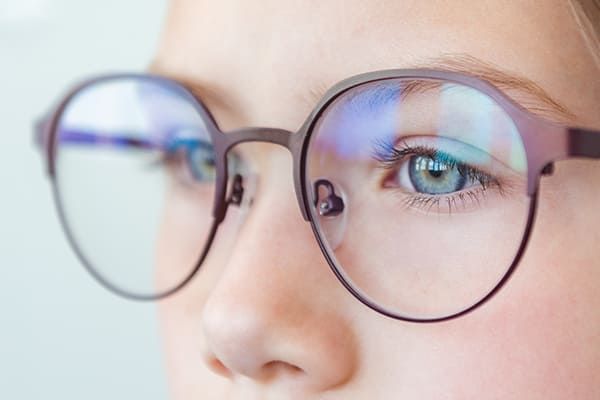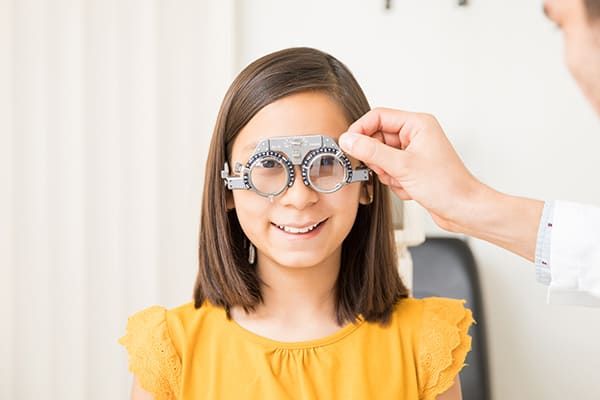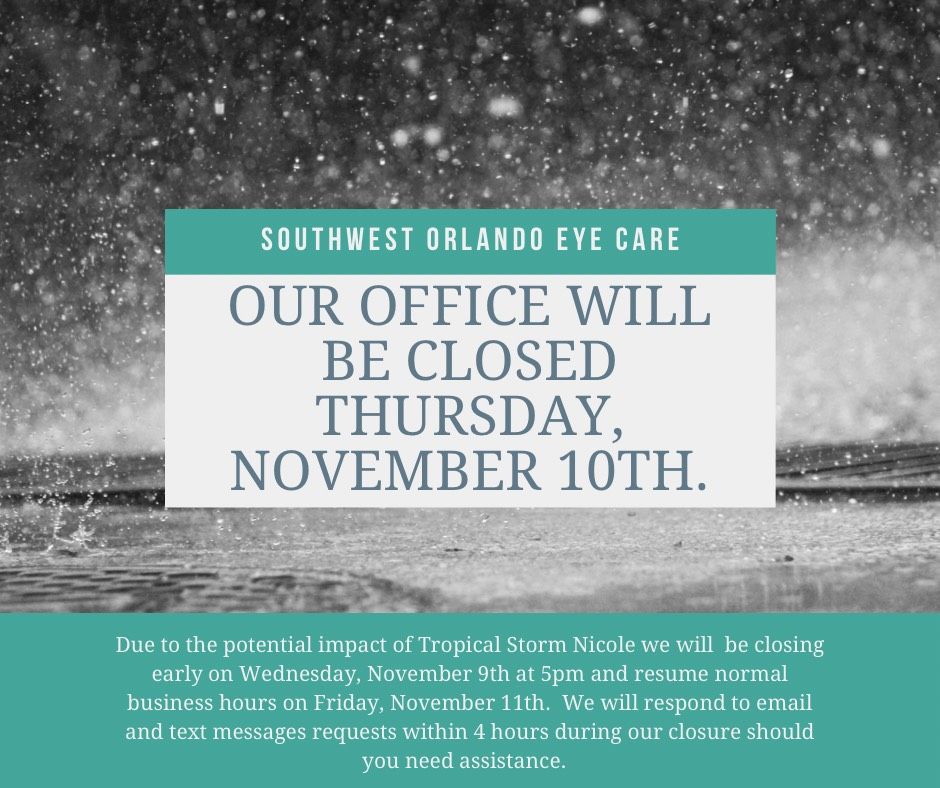What to Expect at your Annual Eye Exam
Our doctors recommend a comprehensive eye on an annual basis to ensure your vision prescription is up to date (or to determine you need one) and to make sure your eyes are healthy. Regular eye exams are the first line of defense against eye disorders, such as chronic dry eye, inflammation, glaucoma, age-related issues and cataracts. The Comprehensive Eye exam typically lasts around 30-45 minutes. However, it’s important to note that time will vary depending on the types of tests needed. For example, if you’re interested in contact lenses your eye doctor will need to conduct a contact lens fitting to ensure you get the correct prescription for your eyes.
Similar to any other doctor visit, our office requires that the pre-registration paperwork be completed in advance of the appointment time. The necessary paperwork will ask you questions about your vision and health history and we want to hear about any problems. The doctor will also be interested in knowing if you have a family history of eye problems and other disorders or diseases that affect eye health, including diabetes, high blood pressure, and heart disease. Please bring in your most recent pair of glasses, a photo ID and your insurance card.
During your annual eye exam, you can expect us to perform the following tests to determine your eye health:
Pre-Exam Tests: A technician will often perform a few basic tests before you see the doctor, including a color sensitivity test, peripheral vision test, a glaucoma test and a cover test to determine how well your eyes work together. He or she may also use an autorefractor, which automatically measures your vision prescription, to gain a ballpark understanding of your vision needs.
Retinal Imaging: Retinal imaging is a painless diagnostic exam that uses a high-resolution camera to take colored pictures of the back of your eye. The pictures give your doctor a closer look at the inner parts of your eye and help them take note of changes to your eye health and vision. Pictures of the back of your eye will show your retina, blood vessels, optic nerve and macula. The images let your eye doctor detect certain eye or health issues and treat them early to prevent them from becoming severe. Retinal imaging is non-invasive and appropriate for all ages. With retinal imaging, your doctor can see symptoms of eye conditions that could not be detected before. Eye conditions such as diabetic retinopathy, glaucoma, age-related macular degeneration, and detached retina can be detected with retinal imaging. Retinal imaging uses a computer to examine, diagnose, and store the results of your test. This enables your eye doctor to compare your test results every year during your annual eye exam. This aspect of retinal imaging is important in monitoring treatment outcomes. It also tracks the progress of diseases and notices any irregularities quickly. So that our physicians can offer the highest quality of care, this test is required during every comprehensive eye exam. Most routine vision plans and medical insurances do not cover the service unless it is considered medically necessary. The charge for this service is $39.
Pupillary Reactions: Using a light, the doctor checks your pupils’ responsiveness. Your pupils’ response to light is a natural function of the eye and is critical to your vision. While using the light, the doctor will also look at the surface of your eye for signs of dry eye, corneal scratches and bacterial debris.
Slit Lamp Test: During a slit light test (also called a biomicroscope), the doctor will shine a vertical bar of light into your eye to magnify your eye’s surface and inspect for abnormalities on the cornea, iris and lens. This test usually takes a few minutes, and you may be asked to blink or stare at your doctor’s ear so he can look closely at your eye’s surface.
Visual Acuity and Refraction: The most well-known part of the eye exam is the visual acuity test. Your doctor will ask you to read an eye chart filled with numbers and letters with one or both eyes. Your ability to clearly read and identify the numbers and letters helps the doctor further determine your vision prescription needs. To hone in on your exact prescription, your doctor will place a large lens refractor in front of you and ask you a series of questions about which lenses make your vision better or worse.
Pupil Dilation: At the end of your exam, the doctor may ask you if you would like to have your eyes dilated. By dilating your eyes, the doctor can examine your retina and optic nerve more fully. To perform this part of the exam, the doctor will put a few drops in your eyes that cause your pupils to enlarge, letting more light in and giving him or her a better view into your eye. Your eyes may be sensitive to light for up to an hour after the test, so it’s best to avoid being outside in direct sunlight afterward.
Payment Options
Ensuring that your eyes receive the genuine quality of care they deserve is our ultimate priority, which is why we work to make the payment process as stress free as possible. We work with all major health and benefits plans, including many routine vision plans such as EyeMed, VSP, and Versant Health. We accept all major credit cards and flexible spending account cards. We accept CareCredit, ScratchPay, and SunBit payments. We are a cashless facility.








